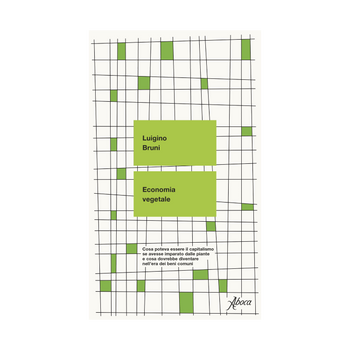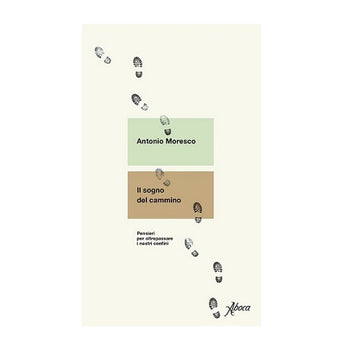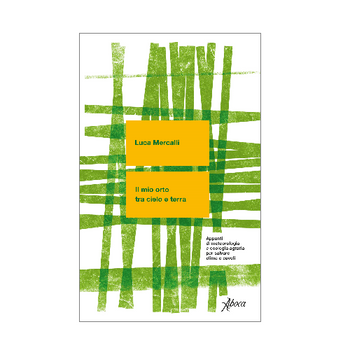You have no items in your shopping cart.
€16,00
"Flowering must be regarded as the outcome of sexual coupling, and the ancients rightly claimed that the flower expressed the joy and passion of plants." Carl Linnaeus
"Flowering must be regarded as the outcome of sexual coupling, and the ancients rightly claimed that the flower expressed the joy and passion of plants." Carl Linnaeus
Availability:
In Stock
Sku: LIBMATRIPIA
ISBN/EAN: 9788855230803
The first edition of the treatise Sponsalia plantarum, published in Stockholm in 1746 by Lars Salvius, is credited on the title page to Johan G. Wahlbom, but there is no doubt that it is authored by Linnaeus, of whom Wahlbom was a student. The work aims to demonstrate that plants, like animals, reproduce sexually (through the fertilisation of female flowers by male pollen or particles) in contrast to the widely accepted theories of the time. The attribution of a sexual life, and therefore genitalia, to plants, even through explicit comparisons with human sexuality, brought Linnaeus a charge of blasphemy that risked ruining his career and reputation.
More specifically, Linnaeus' writings were based on the discoveries of botanists who were almost his contemporaries, such as Millington, Grew, Ca-merarius, Morland, Vaillant, and Blair, but they provided a series of original contributions that in the decades following the publication of the work proved decisive for the academic community's acceptance of the theory it supported. Most importantly, it is a fundamental text because it is on the observation of stamens and pistils that the system of plant classification proposed by Linnaeus is based, a system that has been widely followed in the following centuries (today, in fact, it is still customary to define a plant through the practical binomial nomenclature that includes both genus and species).
Carl von Linné, anglicised as Carl Linnaeus (1707-1778), was a Swedish physician and naturalist. A reformer of nomenclature and founder of modern systematics, he devised the method of classification that adopts binomial nomenclature, assigning two names to living organisms, one for the genus and one for the species.
The first edition of the treatise Sponsalia plantarum, published in Stockholm in 1746 by Lars Salvius, is credited on the title page to Johan G. Wahlbom, but there is no doubt that it is authored by Linnaeus, of whom Wahlbom was a student. The work aims to demonstrate that plants, like animals, reproduce sexually (through the fertilisation of female flowers by male pollen or particles) in contrast to the widely accepted theories of the time. The attribution of a sexual life, and therefore genitalia, to plants, even through explicit comparisons with human sexuality, brought Linnaeus a charge of blasphemy that risked ruining his career and reputation.
More specifically, Linnaeus' writings were based on the discoveries of botanists who were almost his contemporaries, such as Millington, Grew, Ca-merarius, Morland, Vaillant, and Blair, but they provided a series of original contributions that in the decades following the publication of the work proved decisive for the academic community's acceptance of the theory it supported. Most importantly, it is a fundamental text because it is on the observation of stamens and pistils that the system of plant classification proposed by Linnaeus is based, a system that has been widely followed in the following centuries (today, in fact, it is still customary to define a plant through the practical binomial nomenclature that includes both genus and species).
Carl von Linné, anglicised as Carl Linnaeus (1707-1778), was a Swedish physician and naturalist. A reformer of nomenclature and founder of modern systematics, he devised the method of classification that adopts binomial nomenclature, assigning two names to living organisms, one for the genus and one for the species.
Dimensions cm 12,5 x 21
Pages 192
Dimensions cm 12,5 x 21
Pages 192












